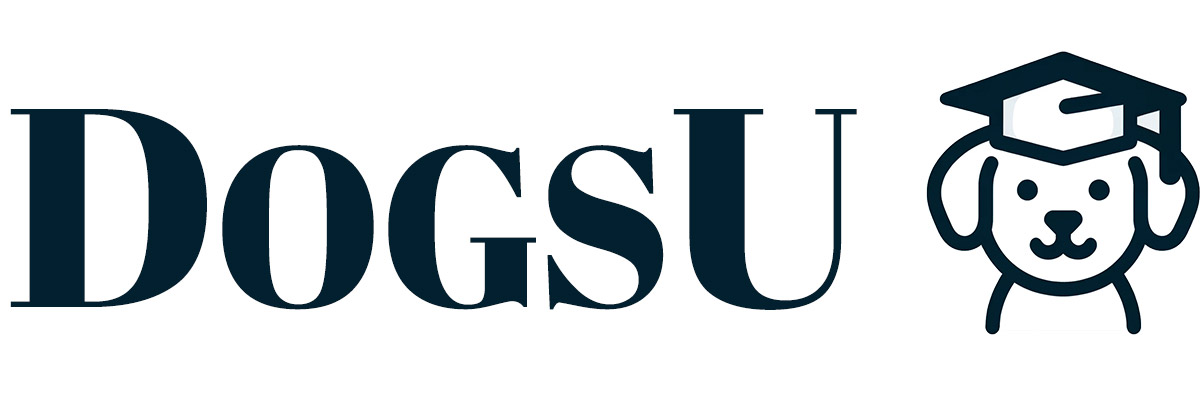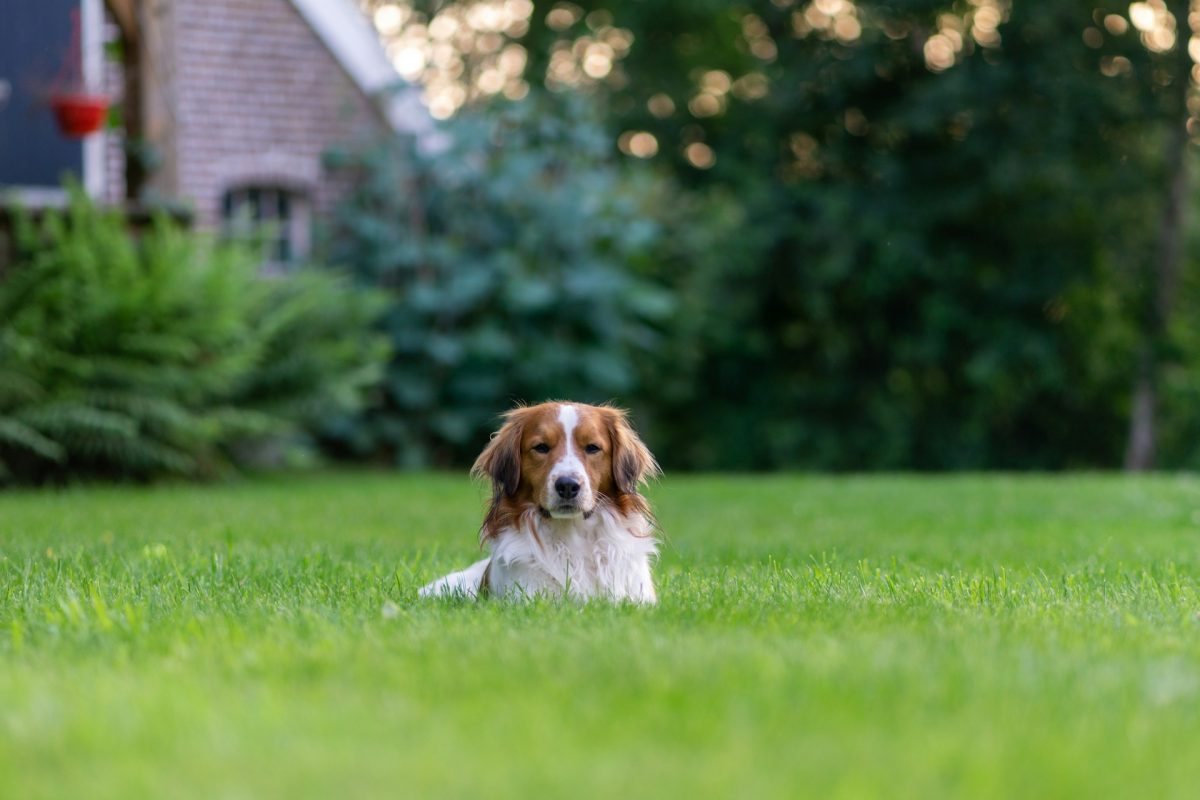Dogs are not just pets; they are members of our family, companions in solitude, and partners in adventure. Their ability to understand and communicate with us transcends the basic commands of sit, stay, and come. With patience, consistency, and understanding, you can teach your dog advanced communication tricks such as nodding for “yes” and shaking their head for “no.” This not only strengthens your bond but also enhances their cognitive abilities.
Understanding Your Dog
Before diving into the training process, it’s essential to understand your dog’s current level of training, temperament, and learning style. Dogs are individuals, and what works for one may not work for another. Positive reinforcement, patience, and gradual progression are key components of successful training.
Preparing for Training
Training your dog to communicate through nods and shakes requires a conducive environment free from distractions. Equip yourself with plenty of treats or your dog’s favorite toy to use as a reward. The initial step is to ensure your dog is attentive and responsive to basic commands.
Starting with Yes: Nodding
Step 1: Capturing the Behavior
Begin by holding a treat in your hand and moving it slowly over your dog’s head towards their back, encouraging them to look up and slightly back. The moment they tilt their head back, even slightly, say “yes” and reward them. This step may require repetition until your dog associates the action with the reward.
Step 2: Adding the Command
Once your dog consistently tilts their head back for the treat, it’s time to introduce the command. Before moving the treat over their head, say “nod” or “yes,” then proceed with the motion. Reward and praise them for the correct action. Gradually, start delaying the reward to ensure the command, and not just the motion, triggers the response.
Step 3: Refining the Gesture
As your dog becomes more comfortable with the command, begin to minimize the motion of moving the treat over their head, making it less obvious each time. Your goal is for your dog to nod their head with just the verbal cue. Keep practicing until the nod becomes distinct and deliberate.
Teaching No: Shaking Head
Step 1: Encouraging the Motion
Teaching your dog to shake their head for “no” can be initiated by gently touching or tickling their ear or whiskers on one side of their face. As they shake their head to dismiss the tickle, say “no” or “shake,” and immediately reward them. Ensure this is done gently to avoid discomfort.
Step 2: Associating the Command
Similar to teaching “yes,” once your dog starts shaking their head to the touch, introduce the verbal command before the action. Say “no” or “shake,” then lightly touch their ear to prompt the shake. Reward them for each successful attempt. Over time, they will start to shake their head with just the verbal cue.
Step 3: Perfecting the Trick
Gradually decrease the physical prompt until your dog responds to the verbal cue alone. This phase requires patience and repetition, as it might be less intuitive for your dog than nodding. Always use positive reinforcement to encourage and reward desired behavior.
Advanced Training Tips
- Keep training sessions short and sweet to avoid overexertion and maintain your dog’s interest.
- If your dog seems confused or frustrated, step back to an earlier phase in the training or take a break.
- Use clear, distinct commands for each trick to avoid confusion.
- Consistency is key. Practice regularly but in short intervals.
The Benefits of Advanced Communication
Teaching your dog to nod “yes” and shake “no” goes beyond impressive tricks. It opens a new channel of communication between you and your pet, allowing for a deeper understanding and connection. It also provides mental stimulation for your dog, keeping their mind sharp and engaged.
Training your dog to communicate through nodding and shaking their head is a rewarding journey that strengthens the bond between you and your furry friend. It demonstrates the incredible capabilities of our canine companions and the depth of understanding we can achieve with patience, love, and consistent training.



